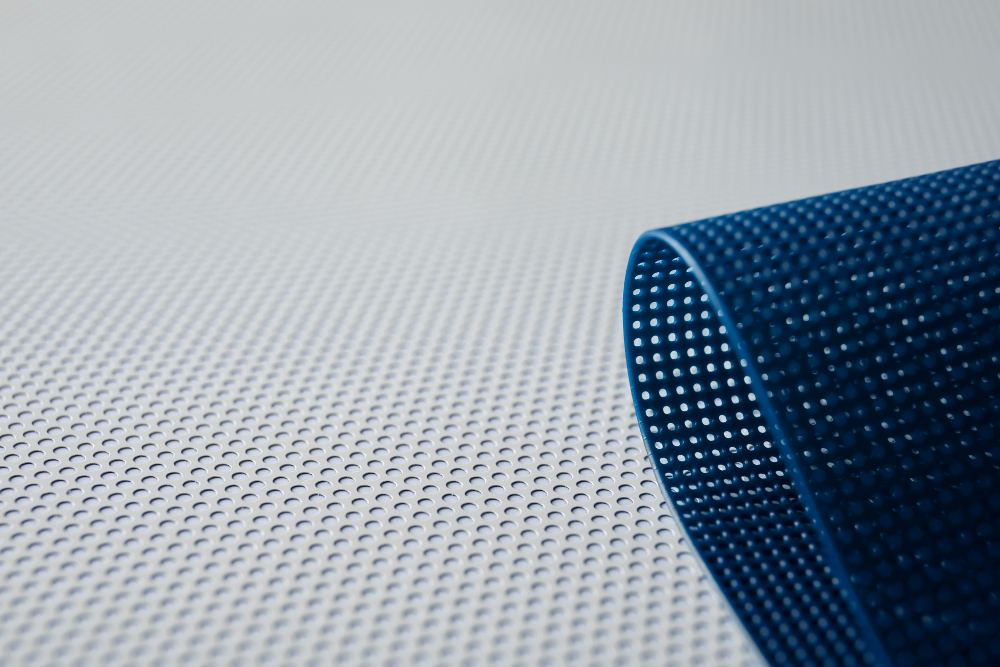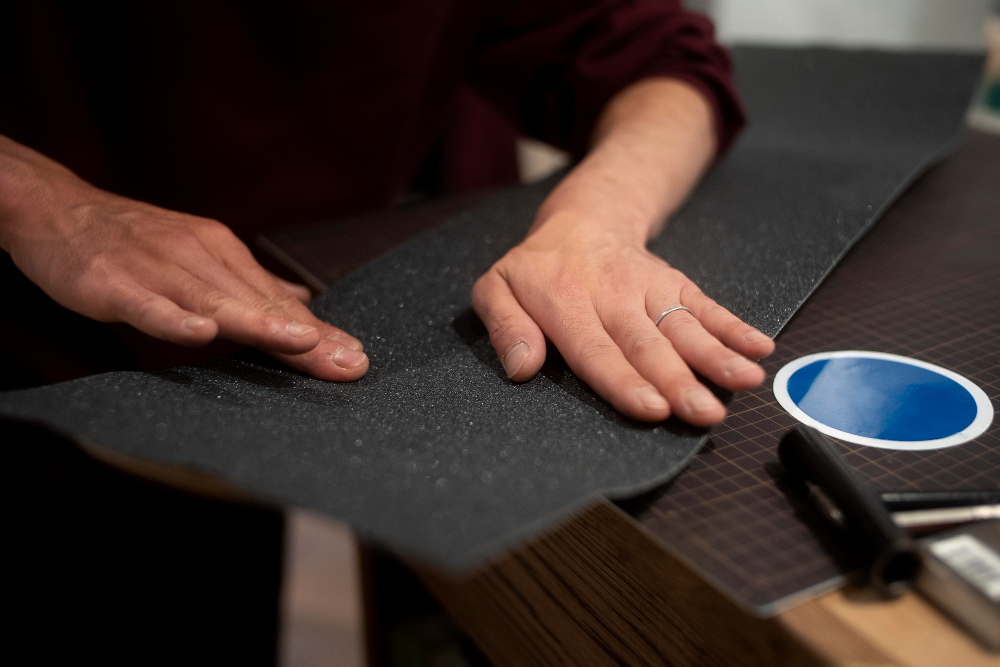Rubber Flooring in Basements: Pros and Cons
26 March, 2024
A well-made and equipped basement can be an excellent addition to any private house. If needed, it can be a great space for laundry, gathering with friends, or spending great self-time. However, while designing a basement, it is crucial to consider the flooring material you will opt for. If it fits your needs, the material can eliminate numerous issues, such as damage and replacement, water influence, fall protection, etc.
Over the years, rubber and rubberized flooring for basement has shown its indisputable advantages. Durability, low maintenance, and gigantic customization space are just some of the properties of rubber basement flooring. In this article, we will delve into rubber flooring basement pros and cons and why it might be the best choice for you.
Top Advantages of Rubber Flooring for Basements
Due to its nature and texture, rubber flooring can be a great alternative to other basement flooring options, like concrete slab, vinyl, etc. Rubber has shown to be among the most durable materials in the long run, not to mention how well it performs under even the heaviest foot traffic of effect of moisture. Moreover, nowadays, rubber is an excellent environment-friendly option due to how it is produced – it is manufactured from natural materials, making it effectively zero-emission, or it involves recycled rubber, dramatically reducing how much of it goes to waste.

Durability and Resilience
Rubber is among the best choices because of its resilience and shock absorption. Even if installed in high-traffic areas or under heavy equipment, it will be durable and not require constant maintenance or replacement. However, it is crucial to mention that the durability of your rubber flooring depends on its quality and thickness. Yet, if you go for the best rubber flooring for basement, it can last anywhere from 10 to 20 years.
Water and Moisture Resistance
Comfort and Insulation
Combining the comfort of walking and heat insulation while keeping the rest of its advantages, rubber flooring in basements is a perfect choice. Rubber is quite soft and shock-absorbant, preventing any serious injuries from falling. Moreover, its heat insulation is better than that of, for instance, concrete or vinyl. However, it is crucial to mention that regular carpets may be better in comfort and insulation, though they lack durability and water resistance and demand more maintenance.
Ease of Maintenance
Regarding maintenance, rubber surface is one of the lowest maintenance materials. It doesn’t require any excessive regular cleaning or replacement. Occasionally sweeping to remove dirt and debris and damp mopping to eliminate wet spots will likely be enough. On the other hand, depending on the quality of installation, ROPPE.com recommends applying sealer at least twice a month to keep the desired look of your flooring and help it remain water-tight.
Challenges and Drawbacks of Rubber Flooring
Rubber flooring for basements is highly praised for its appealing features, such as minimal maintenance requirements and soft underfoot feeling. Still, a deeper look reveals that it must be considered more thoroughly. Although rubber is a sturdy and versatile option, a few factors can scare you from applying it in your basement. Namely, it’s seemingly high upfront cost and somewhat limited options in terms of design.
Initial Cost
Rubber flooring, ranging from $7 to $25 per square foot, depending on the area and quality of materials, is less affordable than certain other choices. For instance, concrete can vary between $6-$12 per square foot, and vinyl can cost about $3-$10 per square foot. However, rubber pays off well in the long run, considering how little maintenance, replacement, and repair it requires. Rubber flooring is an excellent example of when a higher upfront cost ensures lower expenses over time.
Limited Design Options
One of the main reasons why people reject using rubber for their basements and any other flooring is its limited design options. While materials like linoleum or vinyl excel at mimicking wood flooring or ceramic tile and even come in a seemingly endless array of colors and patterns, rubber might feel slightly more constrained design-wise. However, you can still customize the visuals of your rubber flooring, choosing from a wide variety of colors, textures, and patterns, especially if you decide to install rubber tiles.

Installation Considerations
If, after all the considerations, you decide to install rubber flooring for basement, you still need to consider a few crucial caveats before actually installing it. Here are some of them:
- Some rubber floorings can be installed on your own, including interlocking tiles. Yet, it is still better to opt for professional installation, making sure you avoid any possible issues with the flooring in the future.
- Inspect the moisture levels and integrity of the subfloor, as excessive water or cracks under the rubber flooring are bound to damage it over time.
- Rubber is just a material, while your flooring can be done in various ways, including glue-down, interlocking tiles, and loose-lay rolls. To choose the best type, consider your needs and how much moisture and foot traffic your basement will contain.
- Depending on the type and the purpose of your rubber flooring, you might need additional underlayment for better cushioning or sound absorption.
- If you go for tiled rubber with patterns, allocate enough time to plan the layout.
- Leave small gaps around the room’s perimeter to accommodate potential expansion and contraction of the rubber flooring due to temperature changes.
- Joints are extremely important, especially if your basement is quite moist, so sealing them properly is crucial.
In wrapping up our exploration of rubber flooring for basements, it’s clear that this option has much to offer. Its durability is like a silent promise of steadfastness, ready to withstand the hustle and bustle of daily life in your basement. The water-resistant quality is practical, ensuring a dry and comfortable environment. And let’s remember the comforting underfoot feel, combined with an exceptional fall resistance.
Sure, the installation cost might make you pause for a second but think of it as an investment in a lasting foundation that demands minimal upkeep – a small trade-off for long-term durability.
Regarding design, rubber basement flooring might not be to everyone’s taste, but it can still be deeply customized. While the options might not be as extensive, you can still find patterns and colors to add a touch of personality to your space.
In the end, rubber flooring is a reliable choice, balancing practicality and comfort. The upfront cost may be a consideration, but you get a resilient foundation that requires little fuss over time.
If you seek basement flooring that doesn’t age too fast and treats your feet kindly, rubber might be the choice you’ve been searching for.
